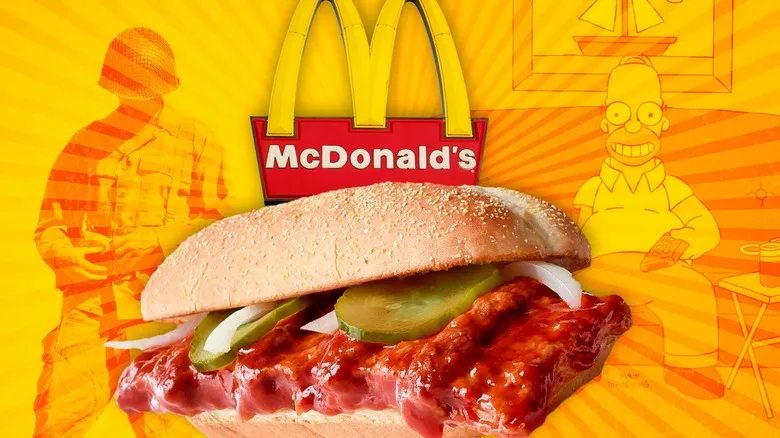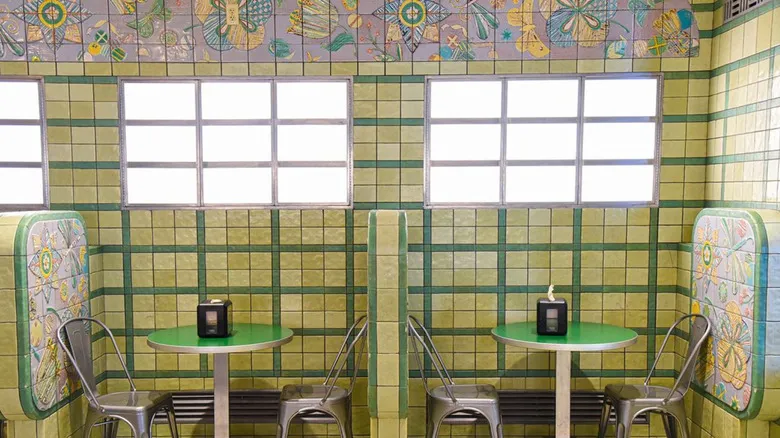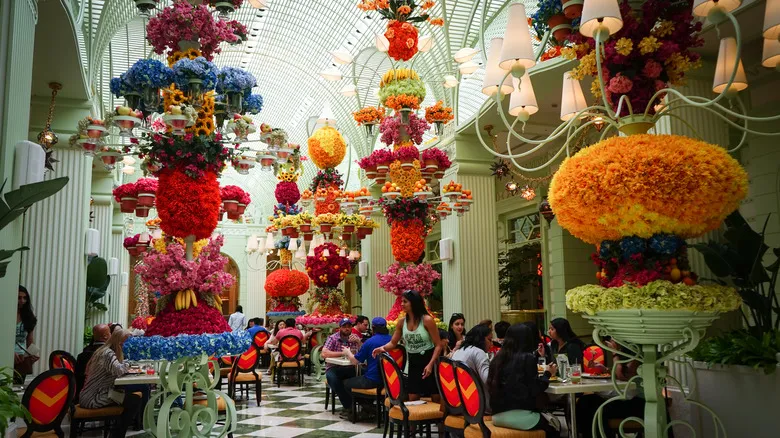Is Vegas buffet culture over?

In 2020, the COVID-19 pandemic brought everything to a halt — including Las Vegas. This marked the beginning of the decline of the once-popular Vegas buffet. Out of the roughly 70 buffets that existed in the city before the pandemic, only about a dozen have reopened. Buffets off the Strip continue to operate at a loss to keep gamblers nourished and spending, while many on-Strip casinos have shifted their focus to alternative dining options, such as food halls, which have gained significant popularity in recent years. Currently, aside from the remaining off-Strip buffets, most along Vegas Boulevard either have limited hours and offerings or are upscale and pricey, like the Bacchanal at Caesars Palace. Interestingly, the largest buffet in America is not located in Las Vegas.
Given the high operational costs of buffets, their declining popularity prior to the pandemic, and the broader changes occurring in Las Vegas, it appears they may be becoming a thing of the past. Although many patrons feel nostalgic about buffets, stakeholders show little enthusiasm for reopening them, choosing instead to concentrate on other elements that enhance customer engagement and boost casino revenue. While the number of buffets has decreased, those that are still in operation continue to provide enjoyable experiences for hungry diners and buffet enthusiasts. And who knows? Perhaps one day they will make a resurgence.
Recommended

10 Facts You Didn't Know About McDonald's McRib

The Restaurants Andrew Zimmern Thinks Serve The Best Pizza In America

How Faygo Soda Became A Classic Michigan Drink

The Ohio Ice Cream Parlor That's An Art Deco Dream
Next up

